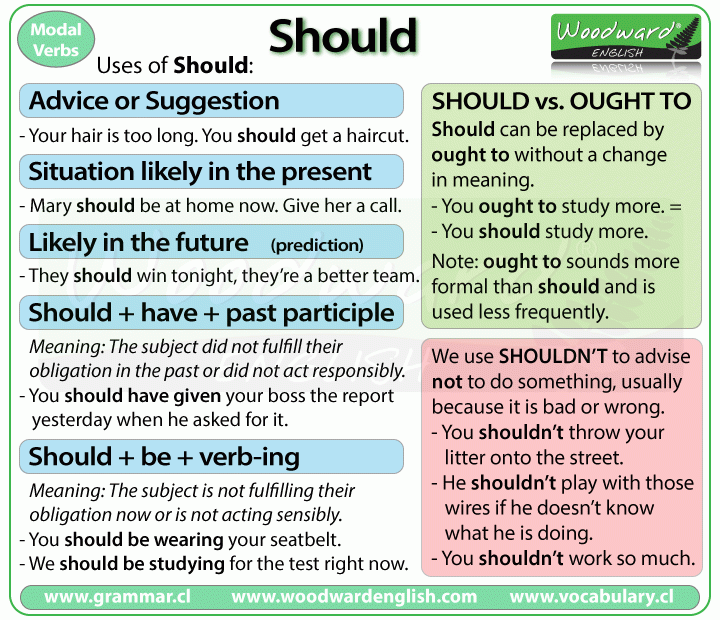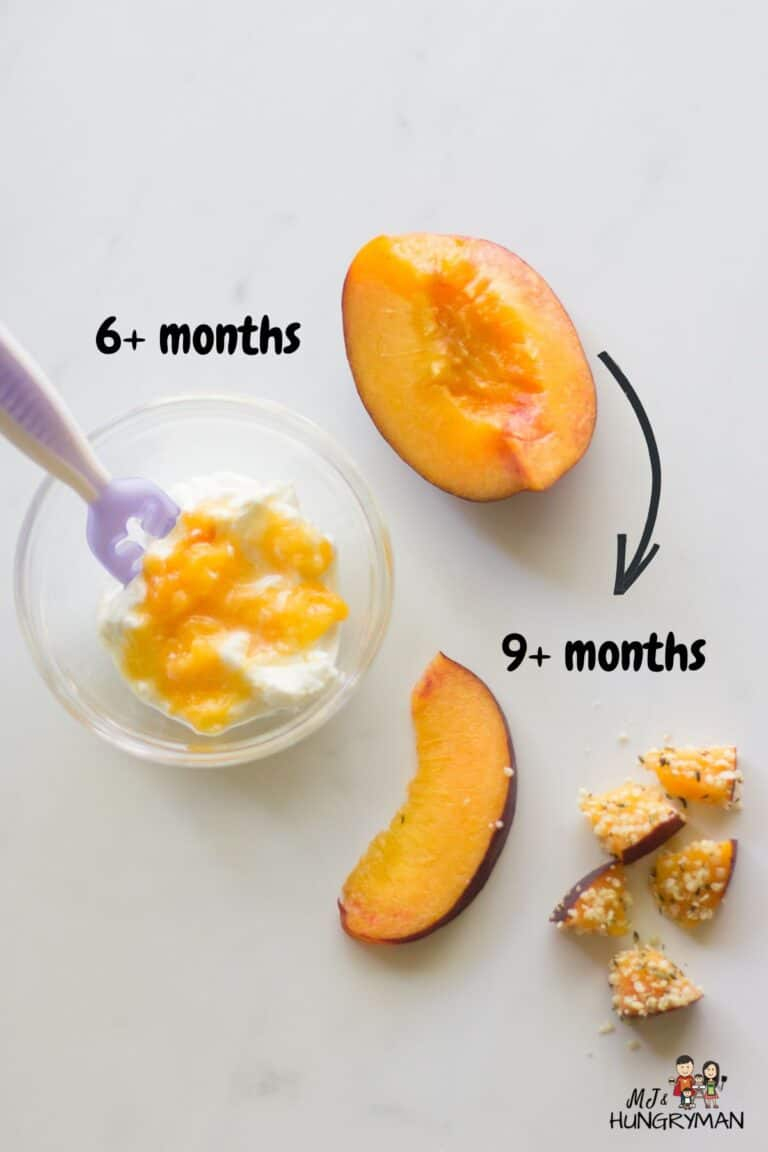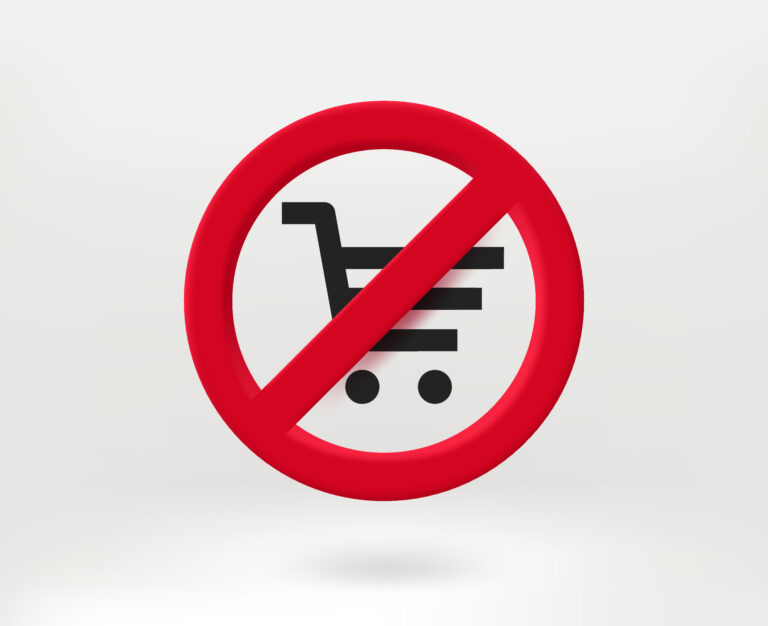When Can Baby Crawl: A Guide for Parents
Welcoming a new addition to the family is a joyous occasion for any parent. As your baby grows, you may eagerly anticipate the milestones they will reach, including the exciting moment when they start to crawl. Watching your little one explore their world on all fours can be a heartwarming experience. In this article, we will delve into the topic of when babies typically start crawling, what factors can influence this developmental milestone, and how you can support your baby during this exciting phase.
Knowledge
So, when can baby crawl? The answer to this question can vary from one infant to another. On average, babies start crawling between 6 to 10 months of age. However, some babies may start crawling as early as 5 months, while others may take a bit longer and begin crawling closer to their first birthday. It’s essential to remember that all babies develop at their own pace, and there is a wide range of what is considered normal in terms of reaching developmental milestones.
Before babies can crawl, they need to have developed sufficient strength and coordination in their muscles. Tummy time is crucial for building these essential skills. Placing your baby on their stomach while they are awake and supervised helps them strengthen their neck, back, and arm muscles, which are necessary for crawling. Encouraging your baby to reach for toys or objects during tummy time can also help develop their motor skills.
Babies also need to have the cognitive skills to understand the concept of moving towards a desired object. They may start by scooting on their bellies or rocking back and forth on their hands and knees before they master the coordinated movements required for crawling. Providing a safe and open space for your baby to explore can encourage them to practice their crawling skills.
As a parent, there are several ways you can support and encourage your baby as they learn to crawl. Placing toys just out of reach can motivate your baby to move towards them. You can also create a safe environment for crawling by removing any potential hazards and ensuring that the floor is clean and clear of obstacles. Avoid using baby walkers, as they can hinder your baby’s natural development and pose safety risks.
Conclusion
In conclusion, the question of when can baby crawl is one that many parents eagerly anticipate. By understanding the factors that influence this developmental milestone and providing a supportive environment for your baby, you can help them navigate this exciting phase of exploration and discovery. Remember that every baby is unique, and it’s essential to celebrate and encourage their individual journey towards crawling and other developmental milestones.
For new parents, witnessing your baby’s first attempts at crawling can be a momentous occasion filled with pride and joy. By being patient, supportive, and creating a safe space for your baby to explore, you can help them build the confidence and skills they need to master this significant milestone. Embrace this stage of your baby’s development with enthusiasm and enjoy watching them discover the world around them one crawl at a time.






